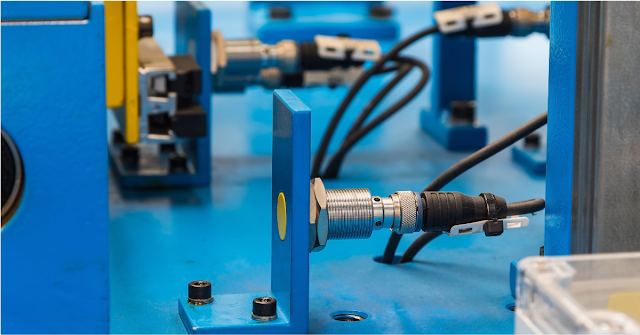What is a Flyback Diode?
A flyback diode (also called a freewheeling diode, snubber diode, or clamping diode) is a diode placed across an inductive load such as a relay coil or motor winding. Its purpose is to absorb and safely dissipate the energy stored in the magnetic field when the power is suddenly removed. The flyback diode provides a safe path for this current to circulate, preventing it from damaging the switch or control device.
Where to install a Flyback Diode?
- Connect the diode in parallel with the inductive load.
- The cathode (marked side) of the diode connects to the positive voltage.
- The anode connects to the grounded side of the coil or load.
This reverse-biased configuration becomes forward-biased only when a voltage spike occurs, allowing the current to circulate through the diode instead of the sensitive components.
Flyback Diode Use Cases
- Relay coil protection
- Solenoid driver circuits
- DC motor controllers
- Switching transistors or MOSFETs in inductive circuits
- Industrial automation systems using PLC outputs
Common Diodes Used as Flyback Diodes
- 1N4007 – General purpose, up to 1000V
- 1N5819 – Fast recovery Schottky diode
- UF4007 – Ultra-fast diode for switching applications
Why Flyback Diodes Matter
Without flyback diodes:
- Transistors may burn out
- Microcontrollers may reset or fail
- Circuits may behave abnormally
With flyback diodes:
Your design is safe, more robust, and long-lasting
Conclusion
Flyback diodes might seem small and insignificant, but they are vital in any system with inductive loads. If you're into electronics, automation, or embedded control, make it a habit to include flyback diodes—it’s a simple fix for a potentially expensive problem.







0 Comments